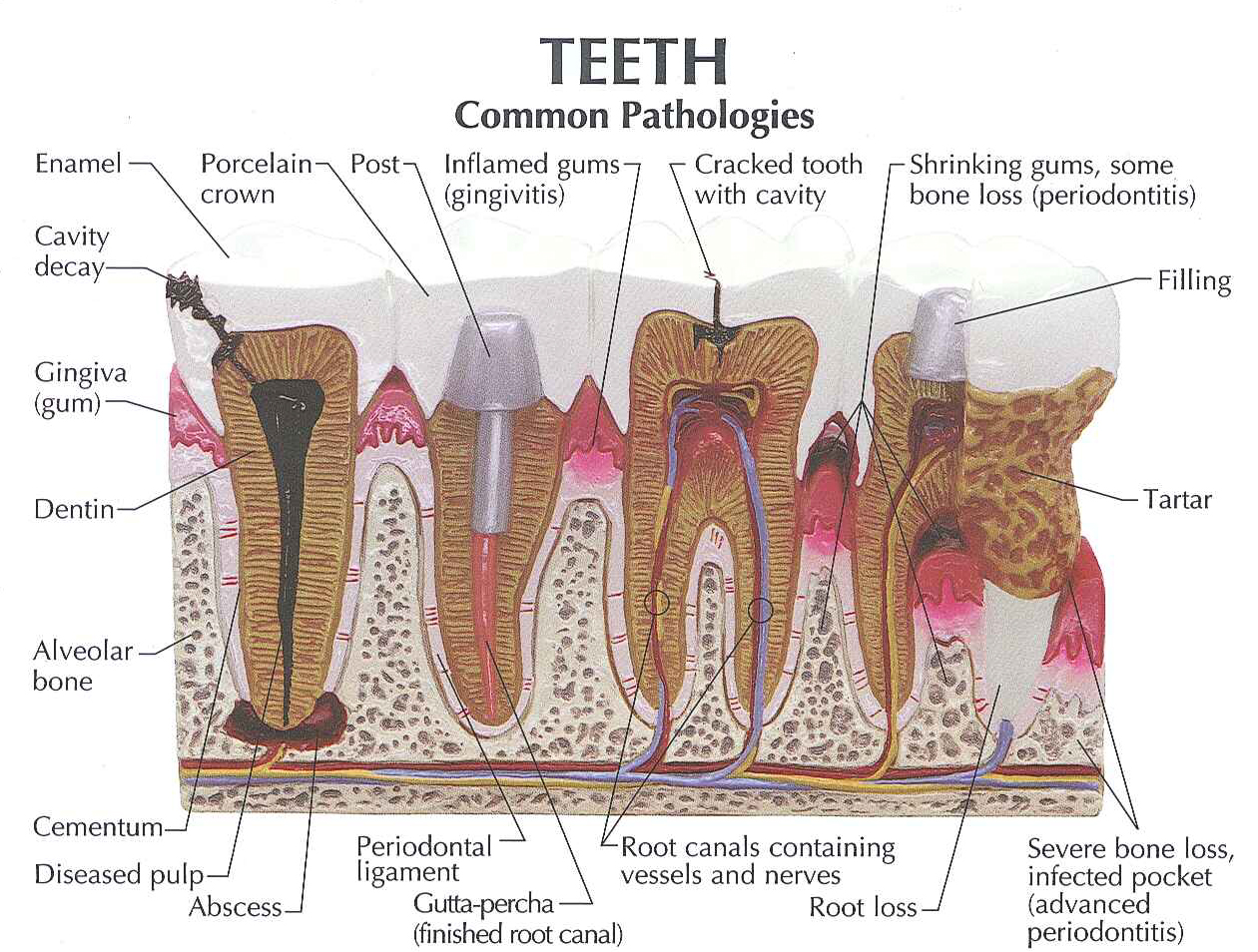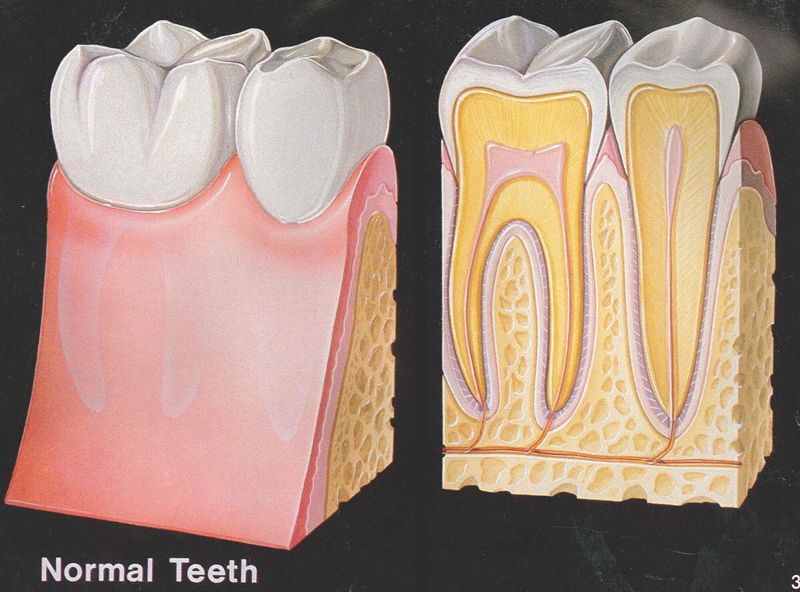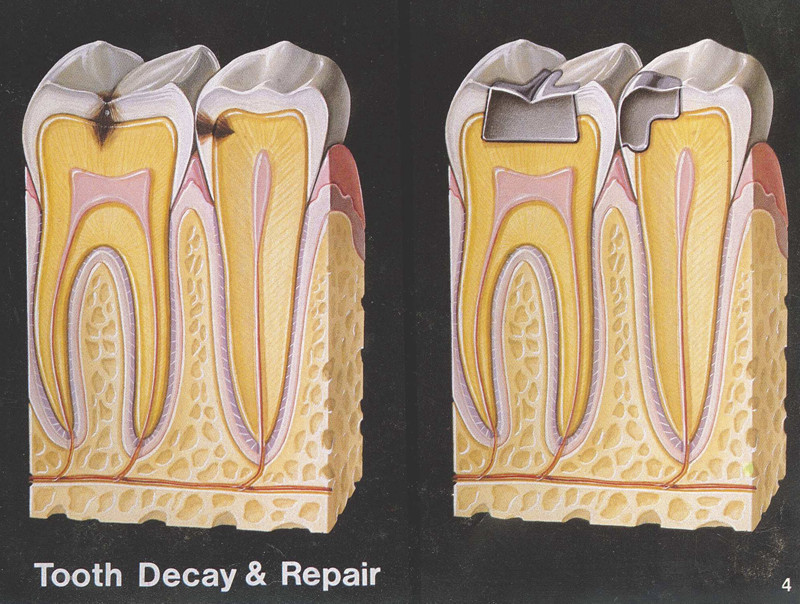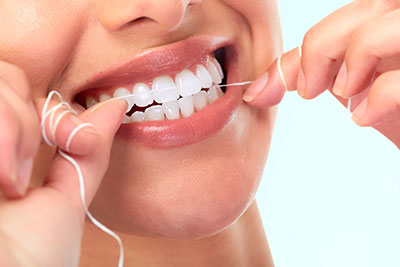The cost of ignoring your oral health can, sometimes, amount to thousands of dollars in restorative dental care later on, with a full mouth reconstruction surgery costing $45,000 to $55,000. So, preventive dentistry promotes good oral health practices in order to prevent the initiation, progression and recurrence of dental diseases. It will also save your pocket from emptying out massive sums of money on dental procedures.

SOME PRACTISES OF PREVENTIVE DENTISTRY
Brush your teeth daily
This is the most basic, yet important, aspect of preventive dentistry. Brush your teeth with toothpaste containing adequate fluoride as recommended by The American Dental Association (ADA).
But the types of toothpaste available in stores can be overwhelming to choose from. The choices range from anti-decay, anti-calculus, anti-plaque, desensitizing, whitening and all-natural. So, choose one that will fit your individual requirement.
Replace your toothbrush every 3 months or as the bristles begin to wear out.
Keep in mind to brush your tongue as this will freshen your breath and remove bacteria from your mouth.
Ingredients in toothpaste
Most toothpaste comes in either a gel or paste form, and contains some basic, common ingredients. These are:
- Mild abrasives such as calcium carbonate, dehydrated silica gels et al. These help by removing surface stains, food remnants and some bacteria from your teeth.
- Humectants are compounds that help retain moisture, are added to prevent the toothpaste from hardening when exposed to air, for e.g. Glycerol.
- Most toothpaste contains artificial sweeteners, like Saccharin, to improve their taste. Some available flavors are mint, cinnamon, lime or bubblegum, which is mostly preferred by kids or sometimes by adults who are kids at heart.
- Thickening agents are added to increase the thickness of the toothpaste and to stabilize the formula. For example, seaweed has a gum like texture which is used in toothpaste for this purpose.
- Detergents are added to create the foam that gathers when you brush. These include sodium lauryl sulfate.
Types of toothpaste
- Fluoride containing toothpaste:
This is the most important ingredient that must be sought when choosing your toothpaste. It is a naturally occurring, active mineral which been responsible for the massive drop in reported cases of tooth decay and dental caries in the last 50 years. Fluoride helps by protecting your teeth from the damages caused, by the acid released, from bacteria feeding on food remnants in your mouth. Firstly, it strengthens the enamel so the teeth can withstand the acid to some extent. Secondly, it remineralizes the areas of the tooth affected by early decay. However, living in an area with fluoridated water is not enough; you still need to use a fluoride-rich toothpaste to reap the benefits of this active ingredient. Studies have determined that it is, in fact, necessary to use a fluoride toothpaste even if you live in an area containing a high level of the mineral in its water. - Tartar control toothpaste: There are many types of tartar control toothpaste containing fluoride, available in the store. Everyone has a layer of thin, sticky film containing bacteria on their teeth, this is plaque. When you don’t follow proper dental hygiene this plaque hardens on the teeth and is called tartar. Once hardened it is quite difficult to get rid of, where it will continue to build up on the teeth and under the gums ultimately causing infections. Tartar control toothpaste have certain ingredients in them which help prevent the buildup of tartar, such as, Pyrophosphates and zinc citrate which have proven effects. Some toothpastes even have an antibacterial ingredient, Triclosan, along with the anti-tartar compounds, for a better effect.
- Toothpaste for sensitive teeth: some people have highly sensitive teeth which are easily irritated by consuming hot or cold food items. There are special toothpastes available, which help relieve this irritation by desensitizing the teeth. These have Potassium nitrate or strontium chloride compounds in their ingredients, and act by serving to block the transmission of sensation from the surface of the tooth to the nerve. It would ideally take around 4 weeks for the desensitization to take effect and offer relief.
- Whitening toothpastes: Who doesn’t want a set of pearly whites? For anyone who is interested there are many whitening toothpastes available for daily use. These don’t typically contain bleaching compounds, instead they have a mild abrasive or chemical which is effective at polishing the teeth or binding to the stains to remove them off the teeth surfaces. It may seem alarming to use a toothpaste containing an abrasive daily, but studies have suggested that they are no harder on the enamel of your teeth than any regular toothpaste.
Choosing the ideal toothpaste
Given below are some useful tips to help you choose the correct type of toothpaste to ideally meet you family’s oral health requirement.
- Look for the ADA seal of approval. The American dental association only approves toothpastes that have been evaluated for effectiveness and safety by an independent board of scientific experts. All toothpastes awarded this seal must contain the important ingredient, fluoride.
- Be wary of impostors. In 2007, a certain brand of toothpaste imported from China was found to contain the poisonous substance, diethylene glycol. Henceforth, the food and drug administration (FDA) advised the public against using toothpastes manufactured in China due to the harmful nature of the ingredients they use.
- Take into consideration the family oral health needs. When choosing a toothpaste for your family firstly make sure that it contains fluoride. If you prefer all natural ingredients make sure to check for the ADA seal of approval for its ingredients. There are different selections of toothpastes available for kids specifically, these may contain fun flavors that kids enjoy and some may even come as sparkling glitter gel toothpastes. These will encourage kids to brush their teeth regularly. For those who are looking to whiten their teeth, a whitening toothpaste. For those who like the feeling of certain ingredients, such as hydrogen peroxide or baking soda, they can find many types available at the store to meet their individual needs.


Floss daily
Flossing daily is recommended as it helps to clean out the hard to reach tight spaces in between teeth, where the brush cannot reach. If you have braces you will need to use the floss threader in such a way that it would carefully go over or under any dental appliance to clean it out properly. Ask your dentist to demonstrate the correct way to floss at the next appointment.

Regular visits to the dentist
It is in your best interest to visit the dentist once every 6 months, more regularly if you are at high risk for oral diseases. Most dental health issues are painless at first and usually go unnoticed until a fair amount of damage has been done. Your dentist will do a thorough evaluation of your entire mouth and will also screen suspicious tissue growths for oral cancer. Taking your kids to the dentist for regular checkups will help them overcome their fears and encourage a good rapport with their doctor. This will make the dentist’s job of assessing your child’s teeth, for any developing caries, much easier.
Dental cleaning and screening
It is recommended that you visit the dentist for a clean-up once every 6 months as a prophylactic method of preventing dental diseases. The dentist will remove the stains and buildup of plaque before it can do any permanent damage. He will also check for any signs of early tooth decay and take the necessary actions to prevent it from spreading further.
Dental X-rays
These aid the dentist in identifying problems which are not visible to the naked eye, such as cavities in between teeth and other issues below the gums.
Mouth guards
These provide protection for teeth during high impact sports activities, where the risk of getting broken teeth is high. It is also used to reduce grinding of teeth (Bruxism) where they can be worn down due to the constant friction. This will contribute to temporomandibular joint (TMJ) disorder. Your dentist will prescribe a custom-made mouth guard as they will provide a better fit.
Orthodontics
An incorrect bite (malocclusion) can impair chewing and speech. Misaligned teeth are difficult to clean. These can be corrected by the use of orthodontics including dental braces, clear teeth aligners (invisible braces) such as, Invisalign or Invisalign Teen will prevent the possibility of future dental problems.
Dental sealant
These are thin, plastic coatings placed on the chewing surfaces of the permanent molar teeth, in children. These serve to protect any vulnerable teeth from tooth decay.
Avoid drinking and smoking
Consuming alcohol, smoking and chewing tobacco have been known to affect oral health negatively. Smoking causes issues like dry mouth, teeth discoloration, build up of plaque, gum diseases, loss of teeth and may even lead to oral cancer.
Continued oral health management
In patients with chronic dental disease or conditions measures must be taken to arrest or reverse the damaging effects. This can be done only by compliant, consistent dental care. So it is the dentist’s duty to keep the patient informed about his condition and the treatment measures taken to minimize the damage.

Patient Education
Knowledge is power! Patients who are aware of the outcome of poor oral habits are likely to visit their dentist regularly and practice methods of preventive dentistry than those who are not. Practicing good oral hygiene habits will ensure a lifetime of good dental health and the need for treatments, such as fluoride treatment, reduced greatly.
Watch our videos




